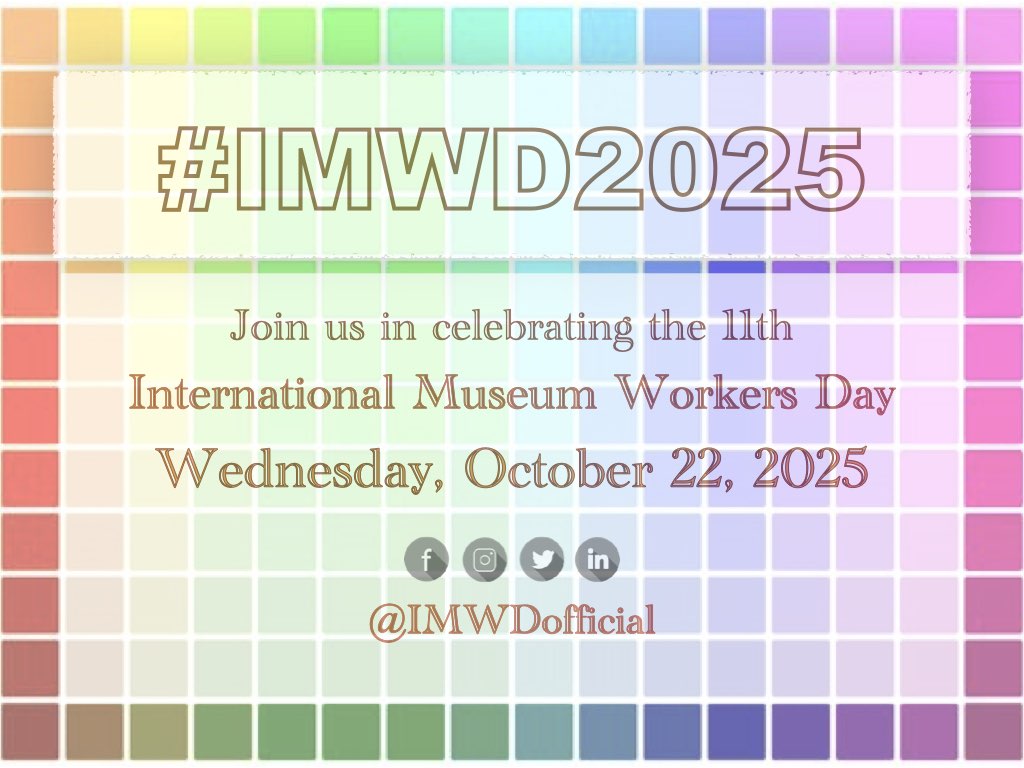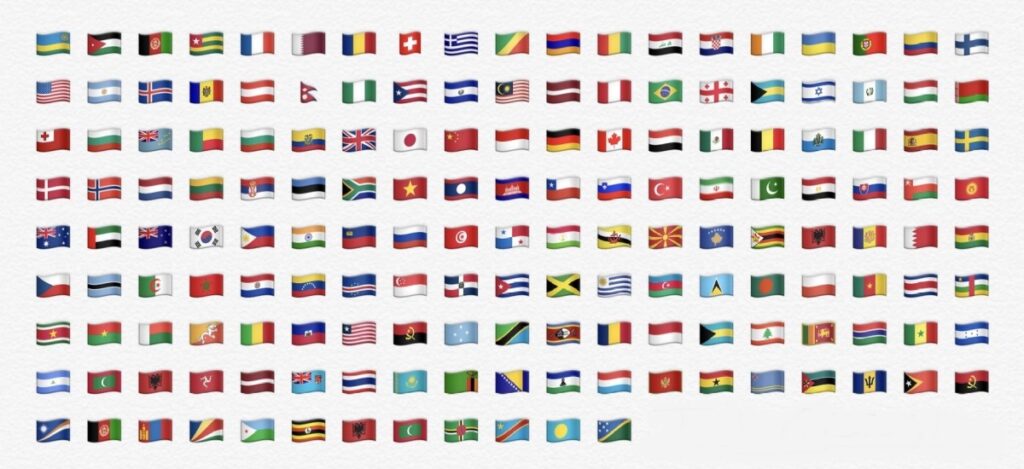
READ the report for IMWD’s 10th anniversary IMWD2025 (small 24 MB)
[]
International Museum Workers Day IMWD is an advocacy project established in 2015.
Our MISSION is to introduce the general public to the myriad professions relating to the creation, research, discovery and presentation of heritage, in the museum context. These professions include full and part-time museum employees as well as numerous professionals and businesses who work with various types of museums as independent contractors.
We subscribe to ICOM’s definition of museum as “a not-for-profit, permanent institution in the service of society that researches, collects, conserves, interprets and exhibits tangible and intangible heritage. Open to the public, accessible and inclusive, museums foster diversity and sustainability. They operate and communicate ethically, professionally and with the participation of communities, offering varied experiences for education, enjoyment, reflection and knowledge sharing.”
Museums are highly dynamic social and cultural institutions whose collections (types) may include: art, history, science, ethnography, natural history, military, history, biographical, children, science, technology, botanical, and zoological.
Founded by museologist, artist and filmmaker Homa Taj Nasab, the project’s original title, a somewhat light-hearted name, was “Hug A Museum Worker (HAMuseumW).”
The project was a reaction to popular social media trends among museums which failed to acknowledge all types of expertise that are required to found and manage museums as physical and institutional anchors for researching, collecting, conserving, interpreting and exhibiting tangible and non-tangible heritage.
After spending the first two years explaining that ‘hugging’ museum workers was not to be taken literally, to the relief of many heritage workers, the event was re-named International Museum Workers Day (IMWD), in 2016.
Though IMWD initially launched as a social media event, our founding approach has always been to directly reach out to heritage professionals – rather than solely rely on social media’s serendipitous net.
Every year, we invite artists, scholars, art historians, scientists, archaeologists, anthropologists, curators, filmmakers, performance artists, designers & many others whose expertise, years of experience and dedication help create, discover, preserve, and disseminate tangible and non-tangible cultural heritage, in their respective countries.

By IMWD2017, culture, heritage and museum professionals from 150+ countries have engaged with IMWD – including:
Bhutan, Azerbaijan, Slovakia, Tajikistan, Moldova, Chad, Indonesia, Sri Lanka, Tonga, Mozambique, Ghana, Cameroon, Belize, Oman, Madagascar, Jordan, Swaziland, Botswana, Congo, Jamaica, Nepal, Kazakhstan, Zimbabwe, Benin, Vietnam, Papa New Guinea, Suriname, Brunei, Haiti, Cote d’Ivoire, Malaysia, Burkina Faso, Togo, Dominican Republic, Mali, Rwanda, Chad, Senegal, South Africa, Yemen … as well as throughout the Americas and Europe.
IMWD2018 was marked in 21 languages, across 12 platforms, with increased engagement from:
Timor-Leste, Angola, Marshall Islands, Afghanistan, Mongolia, Seychelles, Djibouti, Finland, Uganda, Albania, Maldives, Dominica, Democratic Republic Congo, Palau, the Solomon Islands, Vanuatu, Pakistan, Malta, Kyrgyzstan, Myanmar, & Cyprus.
In some respects, IMWD may be viewed as the “Switzerland” of heritage projects:
-
We are multi-cultural & multi-lingual;
-
We draw our strength from inclusivity;
-
We are not yet affiliated with any regional, national or international institutions or alliances;
-
We are not aligned with any religious or political groups;
-
We are impartial – which does not mean neutral -, yet recognize the importance of strategic partnerships and the need to develop focused policies for specific regions;
-
We are pragmatic since we believe in the long-term necessities of public-private partnerships; &
-
We are not funded by any regional or national for-profit or non-profit entities.